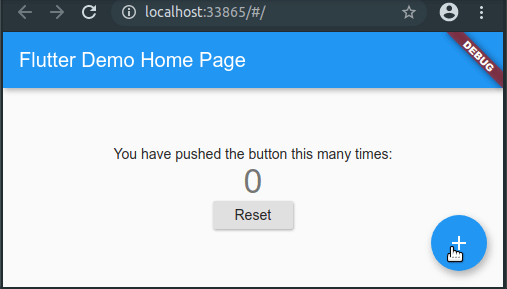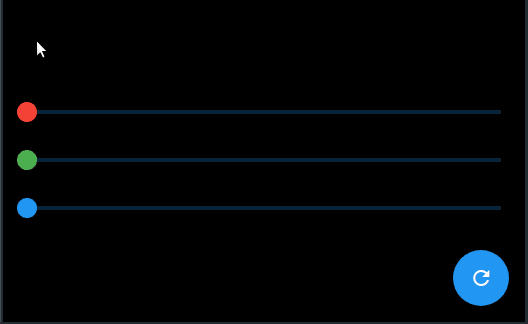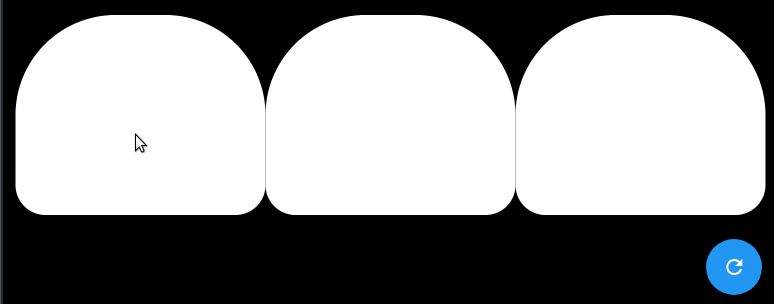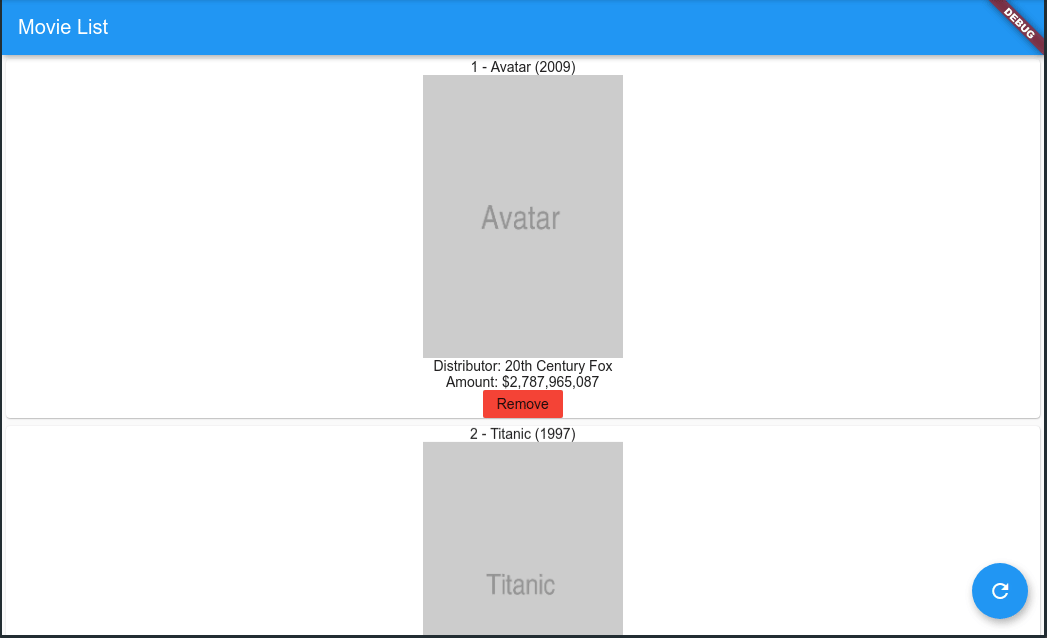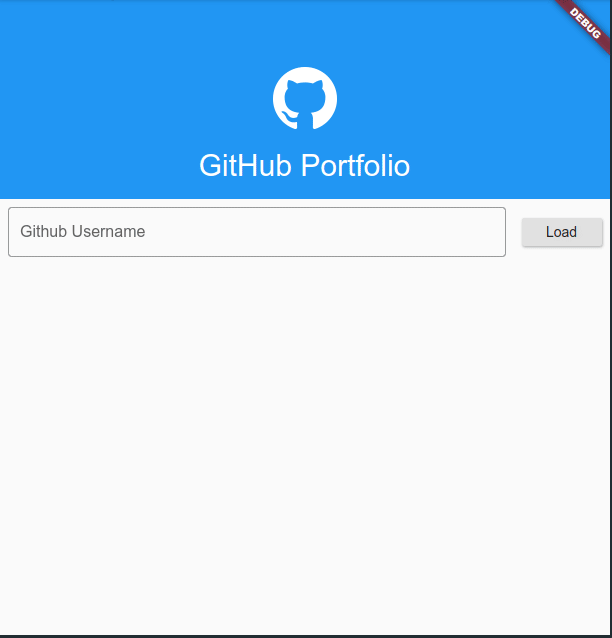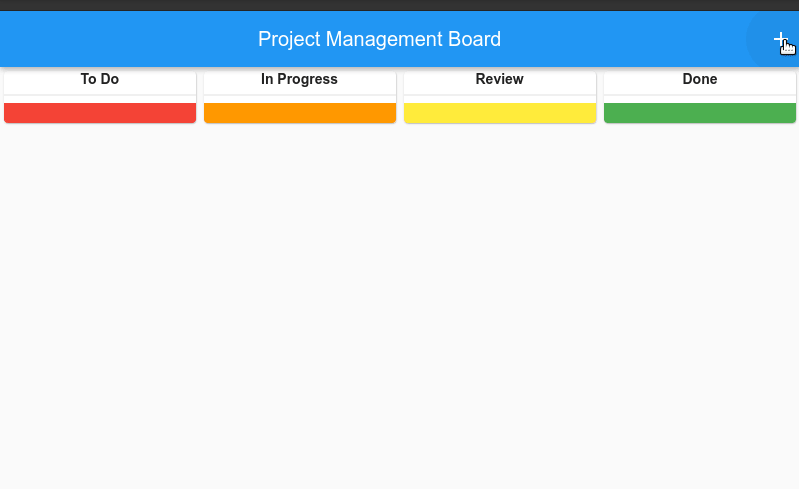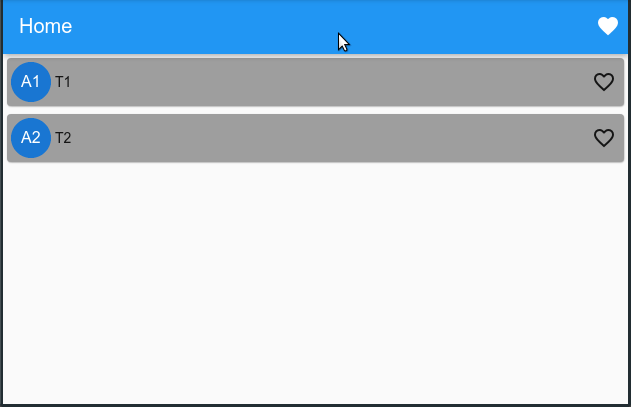Flutter Provider MVC Implementation.
This project is the base of the Flutter package provider_mvc
For more information see this article Flutter Provider MVC Implementation
Let's see some examples of MVC app.
As a default example, we developed our version of the famous flutter counter app.
Model class definition. Because our app is too basic we can even skip model declaration but for pedagogical reasons we will create one. The model can be an easy PODO (Plain Old Dart Object).
class Value {
int value = 0;
}
Controller class definition:
class CounterController extends Controller {
final Value _count = Value();
int get count => _count.value;
void reset() {
_count.value = 0;
update();
}
void increment() {
_count.value++;
update();
}
}
View class definition.
class CounterView extends View<CounterController> {
CounterView() : super(CounterController());
@override
Widget builder(
BuildContext context, CounterController controller, Widget widget) =>
Column(
mainAxisAlignment: MainAxisAlignment.center,
children: <Widget>[
Text(
'You have pushed the button this many times:',
),
Text(
'${controller.count}',
style: Theme.of(context).textTheme.headline4,
),
RaisedButton(
child: Text("Reset"),
onPressed: controller.reset,
)
],
);
}
The app class.
class CounterApp extends StatelessWidget {
final _counter = CounterView();
@override
Widget build(BuildContext context) => Scaffold(
appBar: AppBar(
title: Text('Flutter Demo Home Page'),
),
body: Center(
child: _counter,
),
floatingActionButton: FloatingActionButton(
onPressed: () => _counter.controller.increment(),
tooltip: 'Increment',
child: Icon(Icons.add),
),
);
}
The main file.
final CounterApp counterApp = CounterApp();
void main() => runApp(
MaterialApp(
debugShowCheckedModeBanner: false,
theme: ThemeData(
primarySwatch: Colors.blue,
),
home: counterApp),
);
